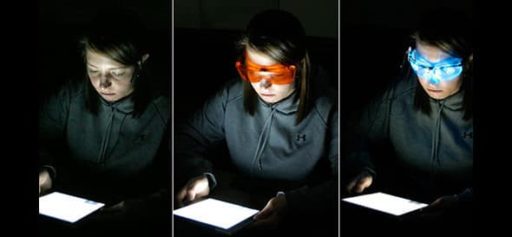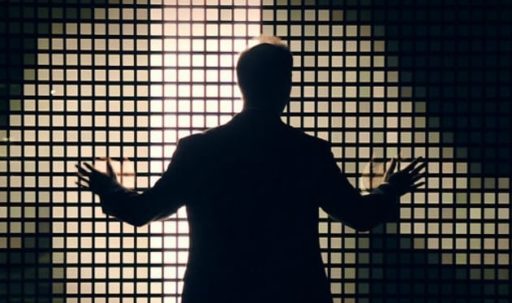Physicists at the Ludwig Maximilian University in Munich, Germany have created an atomic gas which has sub-absolute-zero temperature. They have broken the years long laws of physics by Lord Kelvin in the mid-1800s that nothing could be colder than absolute zero. This breakthrough created the possibility of generating negative-Kelvin materials and new quantum devices.
Physicists at the Ludwig Maximilian University in Munich, Germany have created an atomic gas which has sub-absolute-zero temperature. They have broken the years long laws of physics by Lord Kelvin in the mid-1800s that nothing could be colder than absolute zero. This breakthrough created the possibility of generating negative-Kelvin materials and new quantum devices.
Ulrich Schneider and his team at the Ludwig Maximilian University in Germany created the quantum gas using potassium atoms, fixing them in a standard lattice group using magnetic fields and lasers. He explains the event. When the magnetic fields were rapidly adjusted, the atoms shifted from a low energy state to their highest possible energy state. That rapid transition — along with the laser trapping field that kept the atoms in place — allowed the temperature of the gas to dip “a few billionths of a Kelvin below absolute zero.”
“This suddenly shifts the atoms from their most stable, lowest-energy state to the highest possible energy state, before they can react,” says Schneider. “It’s like walking through a valley, then instantly finding yourself on the mountain peak.”
The experiment shows that there are some side effects. Normally a cloud of atoms would be pulled downward by gravity, but some atoms in a group that’s below absolute zero could instead float upwards. Affected atoms in the modified gas also appear to mimic dark energy, the mysterious force that pushes the Universe to expand at an ever-faster rate against the inward pull of gravity. Schneider says, “It’s interesting that this weird feature pops up in the Universe and also in the lab. This may be something that cosmologists should look at more closely.”
Source: Nature



